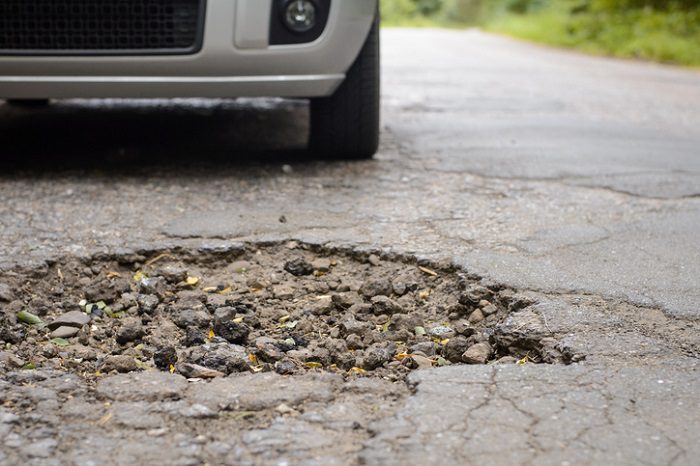Have you noticed a pothole starting to form on your asphalt pavement? Even if the hole is small, it can pose a serious safety risk to vehicles and pedestrians on your property. The asphalt damage will worsen if you ignore the pothole. So take action to fix this structural concern as soon as you can.
The quickest way to fix a pothole in most scenarios is through surface patching. But will this prompt job actually help your pavement in the long run without more extensive repair work? Read on to find more detailed advice about how patching will impact your damaged pavement.

Prompt Pavement Patching Stops Further Damage
Surface patching involves applying special asphalt glue to the damaged part of the pavement and then laying down fresh, hot asphalt to cover the hole. If you intend to do this job on your own, then hot asphalt might be difficult to work with and dangerous. In this case, you can use a cold asphalt patching material that will also work under less-than-ideal weather conditions, like after rainfall.
This added layer smooths over the damaged surface of the pavement and fills the pothole. It will resolve the safety hazard on your property and also stop the hole from growing wider and deeper.
It blocks moisture from seeping into this vulnerable part of the pavement to reach the foundation and causing even more damage. Therefore, you can save money on more extensive repair work for your pavement.
Patching can cost less and finish quicker than more reliable pavement repair. And this makes it a better fix than waiting for a more extensive job. But patching will not protect the pavement forever.
Seek Permanent Pavement Repair ASAP
Surface patching your pavement is intended to be a temporary fix for structural damage to your asphalt. Hot asphalt patching can last several years. But cold patching will only endure for two or three years maximum before you need to replace the asphalt.
So once you restore your pavement with the patching fix, do not delay consulting a paving contractor about a more permanent repair for your pavement. They can evaluate the extent of the damage. And they can give you an estimate for the pavement repair work at no cost to you. You can learn if resurfacing or replacing the pavement will best suit your property when you consult with a professional.
Seal Coat After Pavement Repairs
For optimal pavement restoration and protection, you should seal coat your asphalt pavement after any kind of repair work, including patching. Seal coating involves applying a layer of protective lacquer to the finished pavement. This creates an added barrier between moisture and other harmful elements and your asphalt.
This elongates the lifespan of the pavement so that you can see more productive time before cracks or potholes reappear on the asphalt. Even if you have an existing seal coat on your pavement, you should redo it every three to five years to maintain this strong shield.
